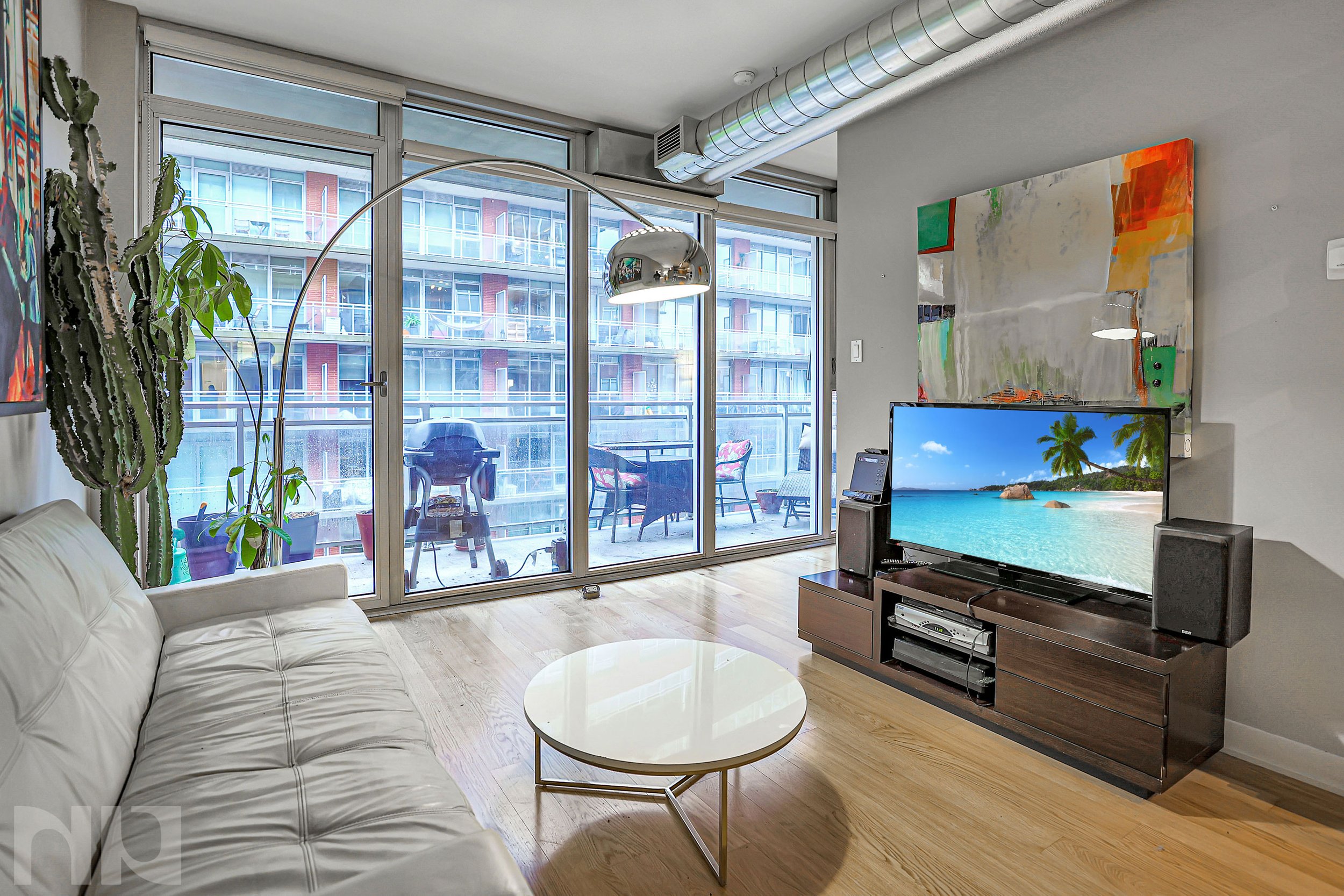The Impact of Ottawa's Transit Infrastructure on Property Values - 2023
Ottawa continues to experience growth and development in its transit infrastructure. As the city expands its transportation network, it's important to understand the significant impact this has on property values. In this blog post, we will delve into the various aspects of Ottawa's transit infrastructure and explore how it influences property values in different neighborhoods across the city in 2023.
Light Rail Transit (LRT):
The Confederation Line, Ottawa's first light rail transit system, has transformed the way residents commute within the city. Properties located near LRT stations experience increased desirability due to the convenience and accessibility they offer. Proximity to transit hubs enhances property values, attracting homebuyers and renters who prioritize efficient and sustainable transportation.
The ongoing expansion of the Trillium Line, which will extend the LRT system southward, is expected to have a positive impact on property values in neighbourhoods along its route. Areas such as Riverside South and Barrhaven, which will benefit from improved transit connections, may witness increased demand for housing and appreciation in property values.
Proximity to the LRT is incredibly crucial to investment property owners as renters, especially condo/student rentals, are less likely to drive or have access to a vehicle. Beyond this, many commuters prefer taking public transit over rush hour traffic. The LRT, being just one fairly quiet line, provides less light and noise pollution than a typical highway, and is more convenient for many.
Bus Rapid Transit (BRT):
Ottawa's Bus Rapid Transit corridors, including the Transitway and future LRT extensions, have a direct influence on property values. A bus rapid transit corridor is a roadway used exclusively by busses - reducing their delays and traffic and making the experience of taking public transit more timely and less stressful for patrons. Properties located near these transit corridors experience increased accessibility, reduced commuting times, and improved connectivity to major employment centers. As a result, neighbourhoods along these corridors, such as St. Laurent, Tunney's Pasture, and Blair, may see a rise in property values due to their advantageous location.
Transit-Oriented Development (TOD):
Transit-oriented development, characterized by mixed-use properties near transit stations, has gained popularity in Ottawa. These developments cater to the growing demand for convenient and sustainable urban living. Proximity to transit hubs, coupled with amenities and services, creates vibrant communities and boosts property values. Neighbourhoods like Hintonburg and Little Italy, with their TOD initiatives, have experienced increased interest from homebuyers and investors.
Transit infrastructure influences the development of live-work-play communities, where residents can enjoy a seamless lifestyle within a walkable neighbourhood. Properties within these communities, which integrate residential, commercial, and recreational spaces, tend to have higher values due to their convenience and lifestyle appeal. Areas like Lansdowne Park and LeBreton Flats, with their proximity to LRT stations and vibrant amenities, may witness enhanced property values as a result.
Future Transit Developments:
Ottawa's Stage 2 LRT expansion, expected to be completed in the coming years, will further enhance the city's transit infrastructure. This expansion will extend the LRT system to communities such as Kanata, Barrhaven, and Stittsville. Properties located in these areas may experience a boost in value as residents gain access to efficient public transportation and improved connectivity to the city center.
Ottawa's long-term transit plans, including the proposed Phase 3 LRT expansion and potential bus rapid transit extensions, have the potential to shape property values in the years to come. Homebuyers and investors may consider these plans when assessing the desirability and investment potential of properties in different neighbourhoods. Staying informed about these developments can help buyers make well-informed decisions.
Proximity to LRT stations, rapid transit corridors, and transit-oriented developments enhances accessibility, convenience, and overall desirability. As Ottawa continues to invest in expanding its transit network, property values in neighbourhoods benefiting from these improvements are expected to appreciate.































